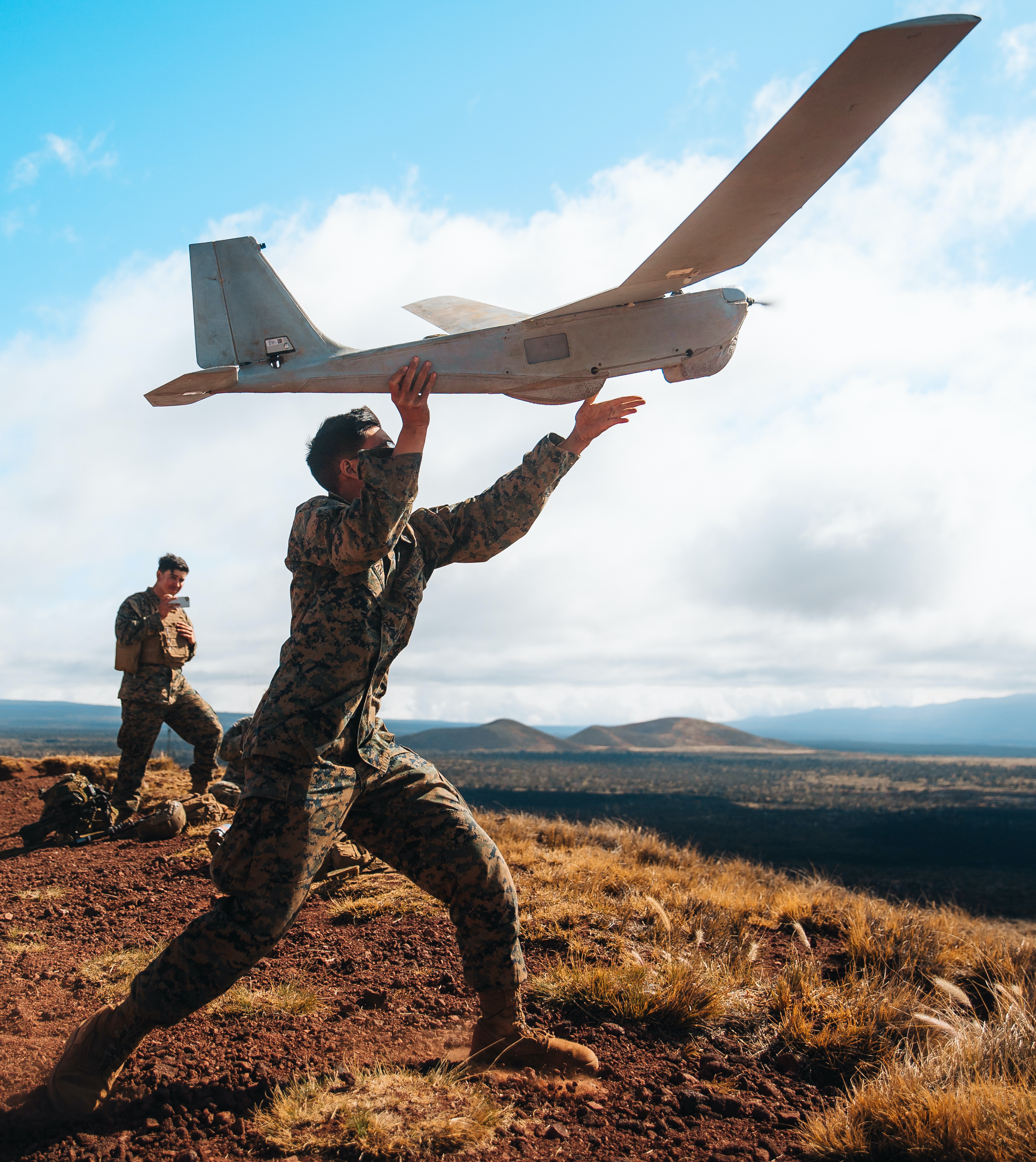
MARINE CORPS BASE HAWAII — As the Marine Corps reshapes its force for a future conflict in the Western Pacific, the service is refining how to meet the reconnaissance mission for the wider U.S. military.
The Marine Corps is a year away from the initial operational capability for the Stand-in Forces concept, meaning Marines would have the capabilities needed to deploy for expanded reconnaissance missions in the region.
In a recent interview with USNI News, Col. Stephen Fiscus, the assistant chief of staff for force development at Marine Corps Forces Pacific, described the vision for SIF as having nearly all of the service’s force laydown in the Indo-Pacific acting as the reconnaissance arm for the combined joint force.
“To be inside and to be able to understand and report on what the enemy is doing, basically to be able to … the wonky way of describing it is the ability to gain and maintain custody of high-value targets and hold them at risk, with our own resources or joint force resources,” Fiscus said.
“[Special Operations Forces] has the capability to do that, but certainly the Marine Corps has the capability to do that at much greater scale, and with much greater persistence. SOF can’t do it at scale and at the capacity that we can,” he added.
The Marines argue that because they’re already operating in places like Okinawa, Japan, part of the first island chain that is in the range of Chinese weapons, they are in the position to perform the reconnaissance and counter-reconnaissance missions in a potential conflict.
“As part of the Stand-in Force, what that really means to the [Marine Littoral Regiment] is, we look at it to deter malign behavior, to operate inside the enemy’s weapons engagement zone, to support sea control and sea denial operations and then ultimately … to set the conditions for joint force and combined follow-on actions as part of that Stand-in Force,” Col. Timothy Brady, the commanding officer of the recently re-designated 3rd Marine Littoral Regiment, told USNI News.
While the new 3rd MLR is a piece of the Stand-In Force, the concept would employ most of the Okinawa-based III Marine Expeditionary Force and the Marine Expeditionary Units embarked on the Navy’s amphibious ships and operating in the Pacific.
“The Stand-in Force … pretty much requires almost all of III MEF, elements of I MEF, and the transiting MEUs in order to make it fully capable. It requires almost all of the [U.S. Indo-Pacific Command]-assigned force. And the infrastructure from Marine Corps Installations Pacific that enables that is pretty key to that as well. So it requires all of it. So to focus on just, on one entity is kind of missing the totality. The whole MAGTF, or Marine Air-Ground Task Force concept, is applicable to the Stand-in-Force,” Fiscus said.
The ability to see and realize information, Fiscus said, is the cornerstone of delivering the type of lethality the Marine Corps is historically known for bringing to conflict.
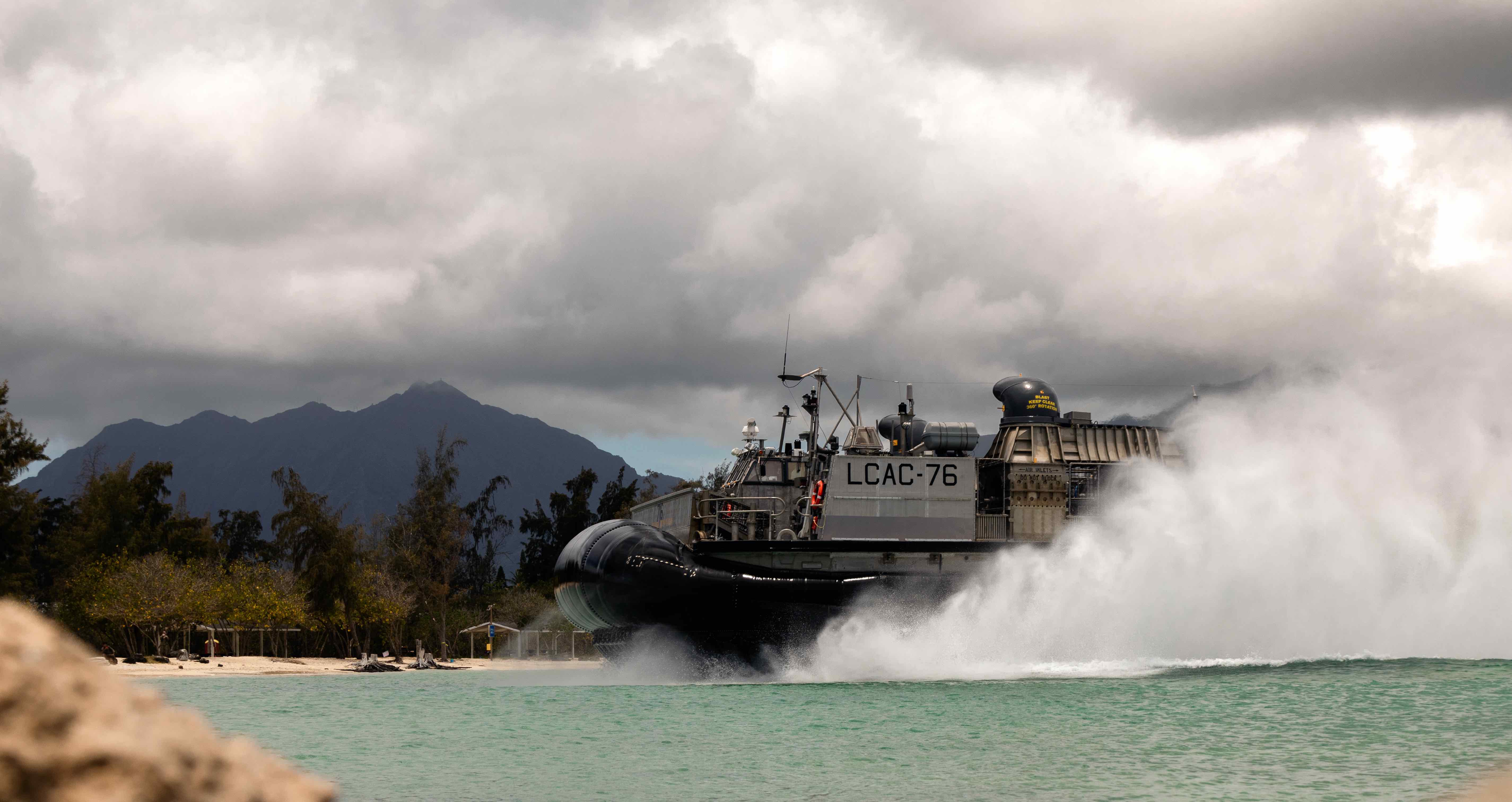
“It’s understanding what your target is, where it is, and the effect that it’s going to have on the network that you’re influencing. You can translate that directly from what we were doing in counter-insurgency operations with the effect on an insurgent network, all the way down to a peer and pacing threat,” he said.
“And what’s going to happen when you take this asset out? It’s fairly easy to be lethal, to pull a trigger – whether that trigger is the [5.56 mm round] from a rifle or all the way up to using a Naval Strike Missile or a [Tomahawk Land Attack Missile], or some other huge asset and you’re targeting a capital asset. The need is to understand what you’re doing and understand immediately what’s going to happen. And that’s what Stand-in Forces bring, is they bring that whole package to the naval expeditionary force that really closes a pretty significant gap,” Fiscus continued.
3rd MLR Experimentation
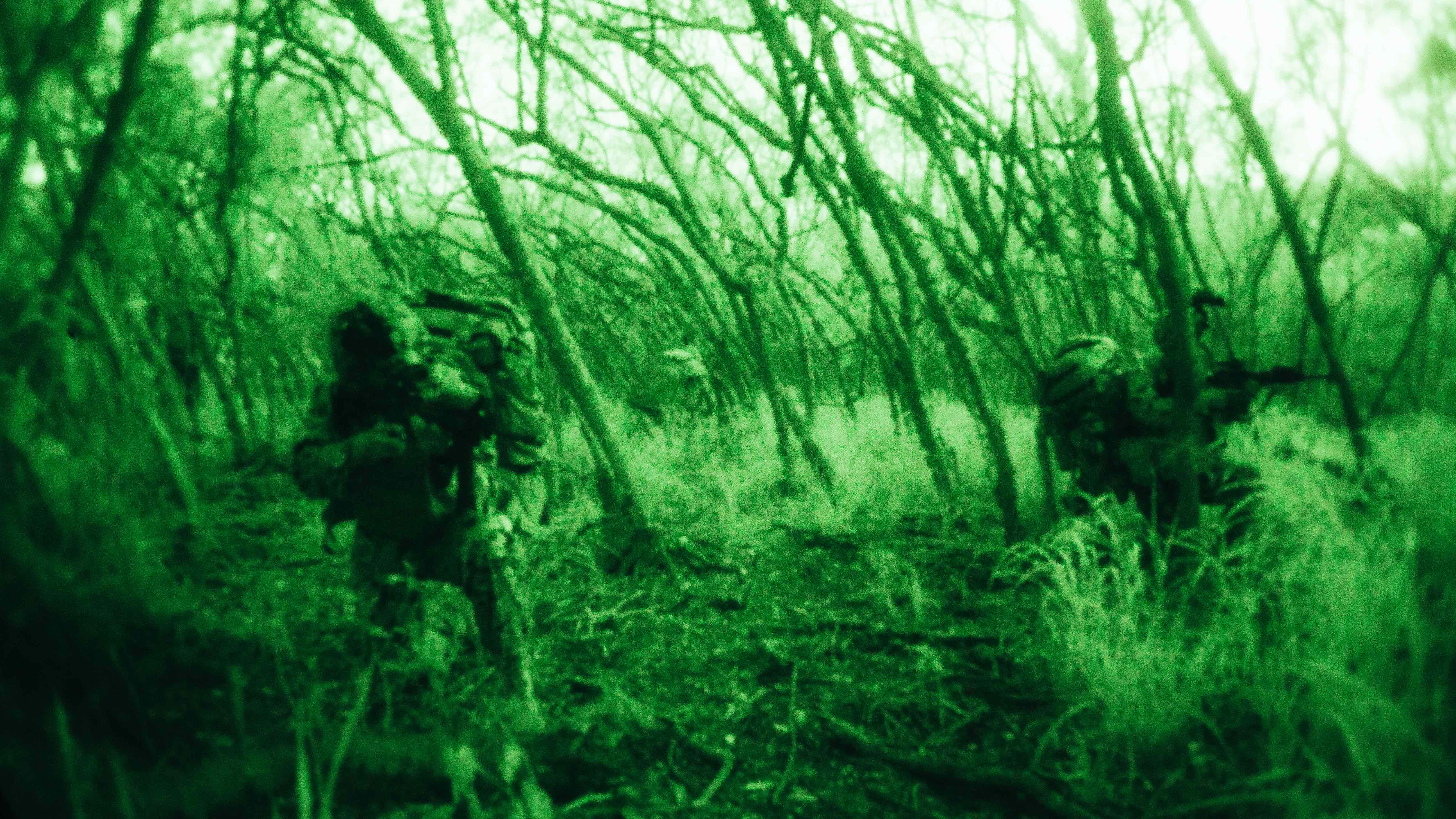
After converting the 3rd Marine Regiment into the 3rd Marine Littoral Regiment in March, Brady says they now have the relevant units in place to do full-scale experimentation.
The MLR consists of a Littoral Combat Team, a Littoral Logistics Battalion, and a Littoral Anti-Air Battalion. In June, the Marine Corps converted 1st Battalion, 3rd Marines into the 3rd MLR’s Littoral Combat Team and also re-designated Combat Logistics Battalion 3 into the Littoral Logistics Battalion that is now under the 3rd MLR, Brady said. That means the 3rd MLR now has all three units operating under the new construct.
“This provides us the opportunity – as we continue to train and experiment moving forward – with all of the primary capabilities now being organic to the MLR, to be able to develop our concepts of employment for our future Expeditionary Advanced Base Operations,” Brady said.
“Because it will take portions of all those different units to provide the capabilities necessary to be able to do the sea control and sea denial operations, to be able to provide the long-range precision fires, to be able to provide the air direction, air control early warning activities, to be able to provide the sensors necessary to the joint force,” he continued. “It will take an aspect of each one of those battalions to be able to actually produce the capability for it in the battlespace. So for the very first time, we have all of those capabilities as part of this unit and that’s what we’re looking forward to training in the future with.”
The Hawaiian islands, where the 3rd MLR is based, are uniquely suited to experiment with the Marine Corps’ Expeditionary Advanced Base Operations concept – which would see Marines quickly moving between islands and shorelines to set up ad-hoc bases and fire anti-ship missiles – because they are similar to the first island chain, Brady said.
“To EABO in and of itself – to be able to seize and secure key maritime terrain – is not anything new to the Marine Corps. But the purpose of EABO is a paradigm shift. The purpose now is once we do seize and secure that maritime terrain is to look outward, right, to be able to support the naval expeditionary campaign and the larger naval campaign with that battlespace awareness … along with those long-range precision fires,” Brady said.
During the biennial Rim of the Pacific 2022 exercise, the Marine Corps is employing the EABO concept in two different scenarios: to enable an amphibious landing and to enable the transit of a carrier strike group.
“So specifically to RIMPAC, having an amphibious task force as well as a carrier strike group operating in the notional operating environment, we are supporting their maritime maneuver. And ultimately the MLR helps the joint and combined force achieve multi-domain integrated naval power to be able to impose asymmetric threats on the enemy,” Brady said.
Digital Interoperability
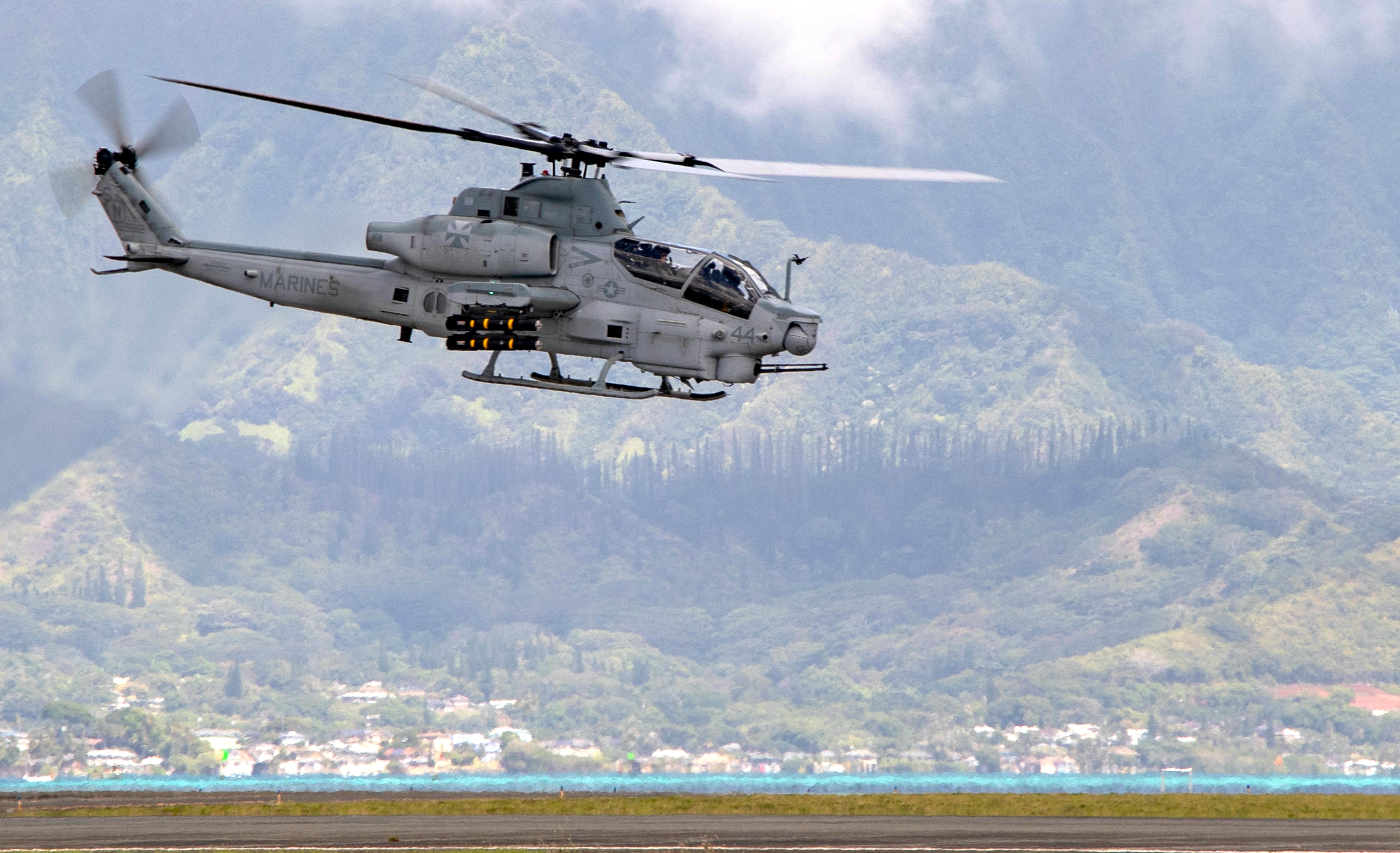
Brady described a layered approach to how his unit is working toward operating with the joint force and ultimately allies and partners, also known as the combined force, which the Marines have the chance to work with at RIMPAC.
But working across the various platforms means they need what the Marines have defined as digital interoperability, or a way for all of the systems from the different U.S. services and other nations’ forces to communicate with each other.
“As we build those kill webs, that digital interoperability, you know the communications and the [command and control] systems, and we’re actually applying all those sensors and eventually the long-range precision fires, is we’re doing that internally to that Stand-in Force, the MAGTF, right, the Marine Corps,” Brady said.
“At the next level we’re really doing that across the joint force and looking at how to do that better. And then what RIMPAC provides us the opportunity to do is to do that with the combined force, right, the allies and partners, because to close those kill webs requires a lot of digital interoperability across multiple different systems, to be able to do it at speed and to be able to do it with all those nations that will be together inside the first island chain,” he continued.
In the type of conflict environment the services are preparing for in the Indo-Pacific, forces need multiple avenues to share information.
“If one type of wave form is shut down and we can’t use it, there needs to be other pathways that we can take advantage of to move that information along, again, to generate that tempo for the commander so he can make a timely and accurate decision,” said Maj. Adrian Solis, a fires expert at MARFORPAC.
Future Capabilities
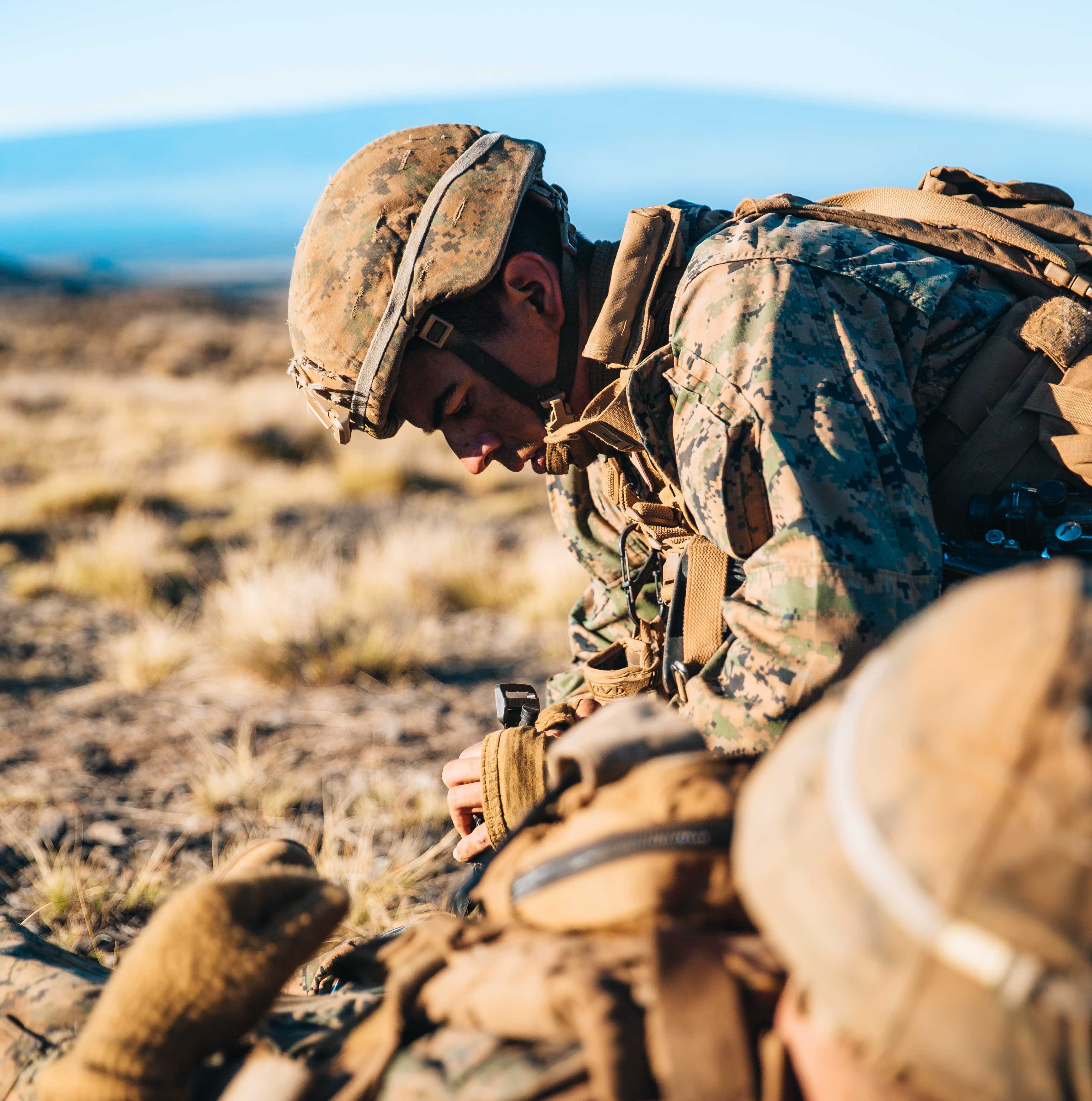
While Fiscus said the Marine Corps has what it needs to communicate with various assets across the joint force to share targeting information and execute missions under the Stand-in Forces concept, he said the Marines need more of the platforms they’re currently experimenting with – like the MQ-9A Reaper used for intelligence, surveillance and reconnaissance.
“A lot of our platforms right now, we have one or two of them. And we have a plan to get more, but we have one or two of them. So we’re fairly finite,” he said.
The service also wants to make some of their capabilities and assets lighter so Marines can move quickly and carry what they need on their backs while moving around islands and shorelines.
“Making them small, deployable forward and getting them out to where [Brady] can access them and tactical commanders can fuse all of those systems is a big part of the experimentation in the systems that we’re doing. We have answers that say yes, we can do that. We can see them. We can put them together,” Fiscus said.
“Doing it sustainably and in austere environments and amidst allies and partners – because remember, we’re standing in, chances are we’re standing in next to somebody. All of the allies and partners that we’re sailing with that he’s working with right now, they by nature of where they’re located are standing in too. So we anticipate being with them on their terrain,” he added.
With IOC a year away, Brady and Fiscus said they’re focused on getting more capabilities to experiment with, like the stern landing vessel the Marine Corps wants to use while the service continues developing the Light Amphibious Warship. LAW is meant to have a beachable capability to shuttle Marines directly to islands and shorelines without needing to pull into a pier and a leased stern landing vessel will allow the Marine Corps to experiment with the capability in the interim.
I MEF in southern California will start the experimentation with the stern landing vessel, and then it will head to Hawaii. Fiscus said the 3rd MLR should have the platform within a year.
The service also now has a platoon of several dozen Marines who will do research and development work in Norfolk, Va., on the service’s future Long Range Unmanned Surface Vehicle, or LRUSV, Brady said.
“The Long-Range Unmanned Surface Vessel … that’s something that will provide additional reach and availability of weapons and systems well out into the maritime domain,” Brady said. “All of those things are coming in the next couple of years that will further enable us to provide additional capabilities to the joint and combined force.”
Metal Shark is on contract to build several LRUSV prototypes for the Marine Corps through an other transaction authority agreement, the company announced in January 2021.
While the Marine Corps first envisioned the LRUSV to function as an ISR platform and a way to bring more fires to the fight, Fiscus said the service wants to experiment and see what else the platform could do.
“Its principal mechanism right now, as it was conceived, was the ability to sense and bring additional firepower, organic precision firepower to the totality of the package. But that doesn’t limit it from what it’s possibilities could be once we understand – you know, right now we’re still in that concept phase. But the initial concept the way it was scratched out was for an additional surface ISR and organic precision fires platform,” he said.
While IOC is about a year away and will mean the Marines are ready to deploy under the SIF concept, Fiscus said achieving full operational capability will require the Marine Corps to remain deployed for longer and sustain the force’s operations.
“By achieving IOC of the Stand-in Force, the totality of the Stand-in Force, you will have a deployable and sustainable capability for that to go forward, supported by the full MAGTF. That includes the full sense and make sense. So we will have our Group 5 [unmanned aerial system] – the MQ-9A – up with the ability to connect the whole package and do it. IOC means we have the capability and it’s deployable,” Fiscus said.
The 3rd MLR “be forward doing it, supporting operations, activities, investments – OAIs – but you’ll see the totality of the value proposition fieldable and presentable in its full depth. It may only be for finite periods of time because … the difference between IOC and FOC is depth and sustainability and how long that presence can be forward and impactful.”





